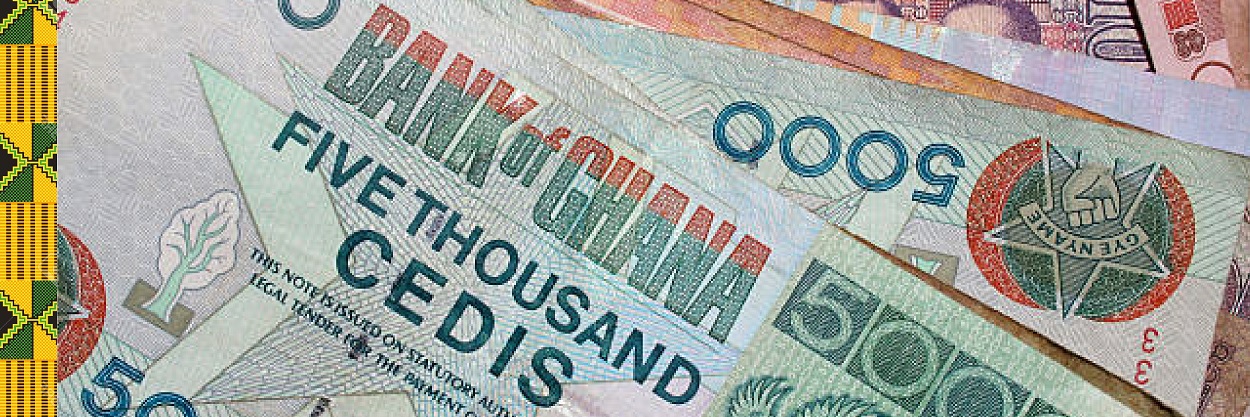
Evolution of Currency in Ghana
Brief History of the Ghana Currency
Introduction
Prior to independence, the issue of currency was the responsibility of the West African Currency Board (WACB). The West African pound, shillings and pence, constituted currency issued by the Board and was in circulation in Ghana until July 1958.
